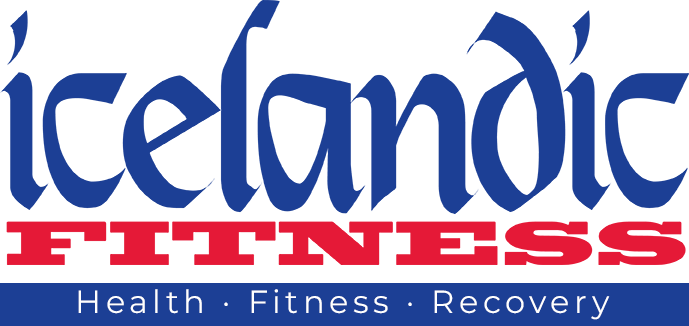Testing Your Body Fat and Setting Summertime Fat Loss Goals: Your Path to a Healthier You
Memorial Day is often the first official day of summer, many of us find ourselves motivated to shed those extra pounds and achieve our desired beach or pool-ready physique. However, embarking on a fat loss journey without a clear understanding of your starting point can lead to frustration and lack of progress. That's why getting your body fat tested is an important step in setting realistic and achievable summertime fat loss goals. In this blog, we'll explore the benefits of body fat testing and provide you with effective strategies to establish your summertime fat loss goals.
Understanding Body Fat Testing:
Body fat testing is a reliable method to determine the percentage of fat in your body. It helps you get a comprehensive picture of your overall health and assists in setting personalized goals for fat loss. Here are some popular body fat testing methods:
Skinfold Calipers: This method involves using calipers to measure the thickness of skinfolds in different areas of your body (Tricep, Bicep, Waist, Thigh, and Should Blade). These measurements help estimate your body fat percentage but is not the most accurate way of testing.
Bioelectrical Impedance Analysis (BIA): BIA measures the resistance of electrical impulses as they pass through different tissues in your body. It provides an estimate of body fat percentage based on the principle that fat conducts less electricity than lean mass.
Dual-Energy X-Ray Absorptiometry (DXA): Considered one of the most accurate methods, DXA uses X-ray technology to scan your body and precisely measure bone, lean mass, and fat mass.
Setting Summertime Fat Loss Goals:
Once you have determined your current body fat percentage, it's time to set realistic and achievable fat loss goals for the summer. Here are some strategies to help you get started:
Establish a Realistic Timeline: Understand that fat loss is a gradual process and rushing it may lead to unsustainable results. Aim to lose 1-2 pounds of body fat per week, as this is a healthy and achievable rate.
SMART Goal Setting: Use the SMART framework to establish your goals. Ensure they are Specific, Measurable, Attainable, Relevant, and Time-bound. For example, a SMART goal could be: "I will lose 8 pounds of body fat in the next 8 weeks by following a balanced diet and exercising for at least 30 minutes five times a week."
Focus on Nutrition: Pay close attention to your dietary habits and make healthy choices. Incorporate whole foods, lean proteins, fruits, vegetables, and whole grains into your meals. Monitor your calorie intake and aim for a moderate deficit to promote fat loss while maintaining muscle mass.
Regular Exercise Routine: Combine cardiovascular exercises, such as running, swimming, or cycling, with strength training to maximize fat loss and muscle toning. Aim for at least 150 minutes of moderate aerobic activity or 75 minutes of vigorous aerobic activity each week, along with two or more days of strength training.
Track Progress: Keep a record of your journey by measuring key indicators such as body weight, body measurements, and changes in how your clothes fit. Tracking progress will help you stay motivated and make adjustments if necessary.
Conclusion:
Testing your body fat percentage and setting realistic summertime fat loss goals are crucial steps on your path to a healthier and fitter you. By understanding your starting point, establishing SMART goals, focusing on nutrition, maintaining a regular exercise routine, and tracking your progress, you'll be well-equipped to achieve your desired body composition. Remember, fat loss is a journey, and with consistency, patience, and determination, you can make significant strides towards a healthier and happier summer season. So, start today and embrace the transformative power of setting summertime fat loss goals!

